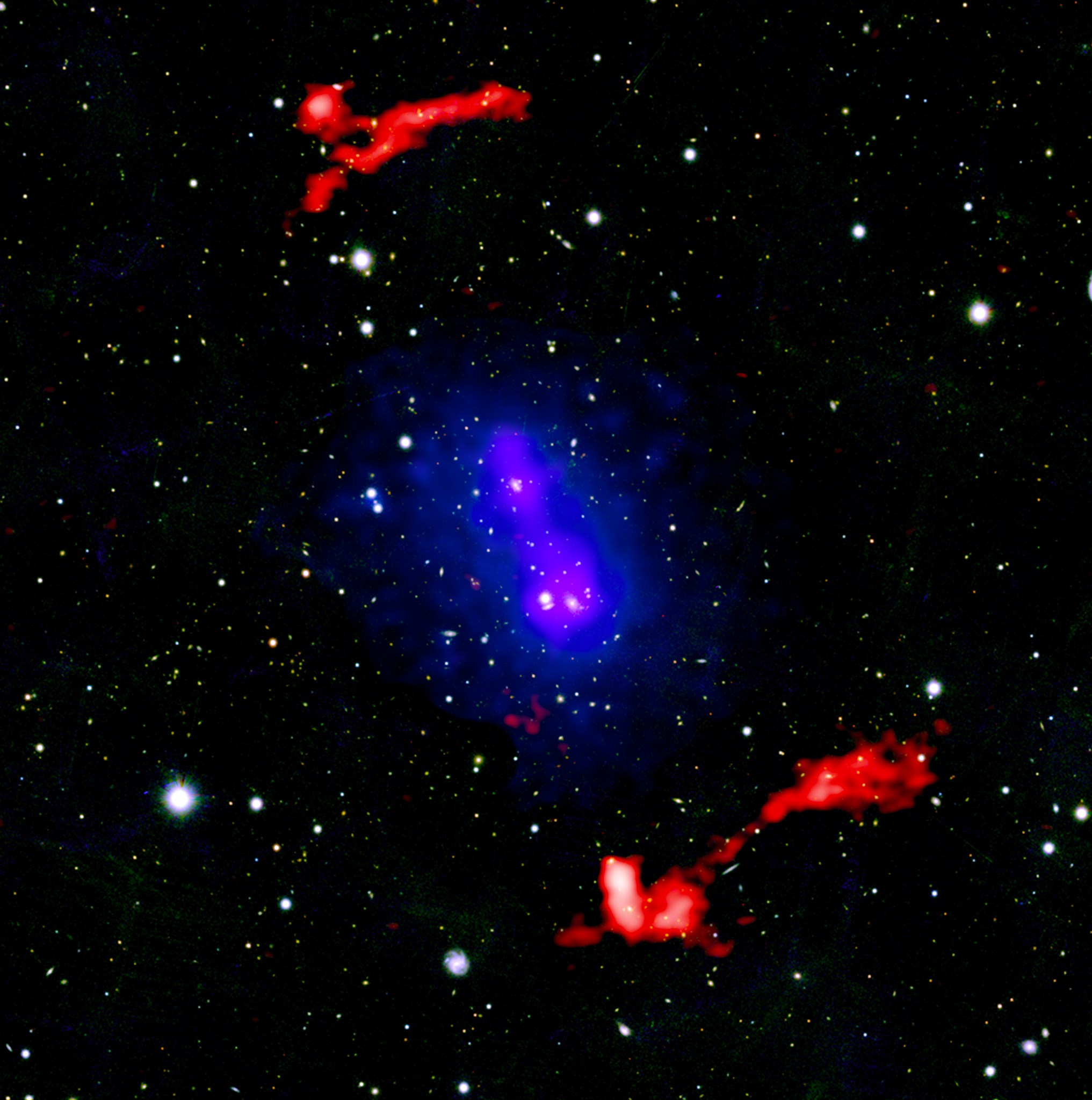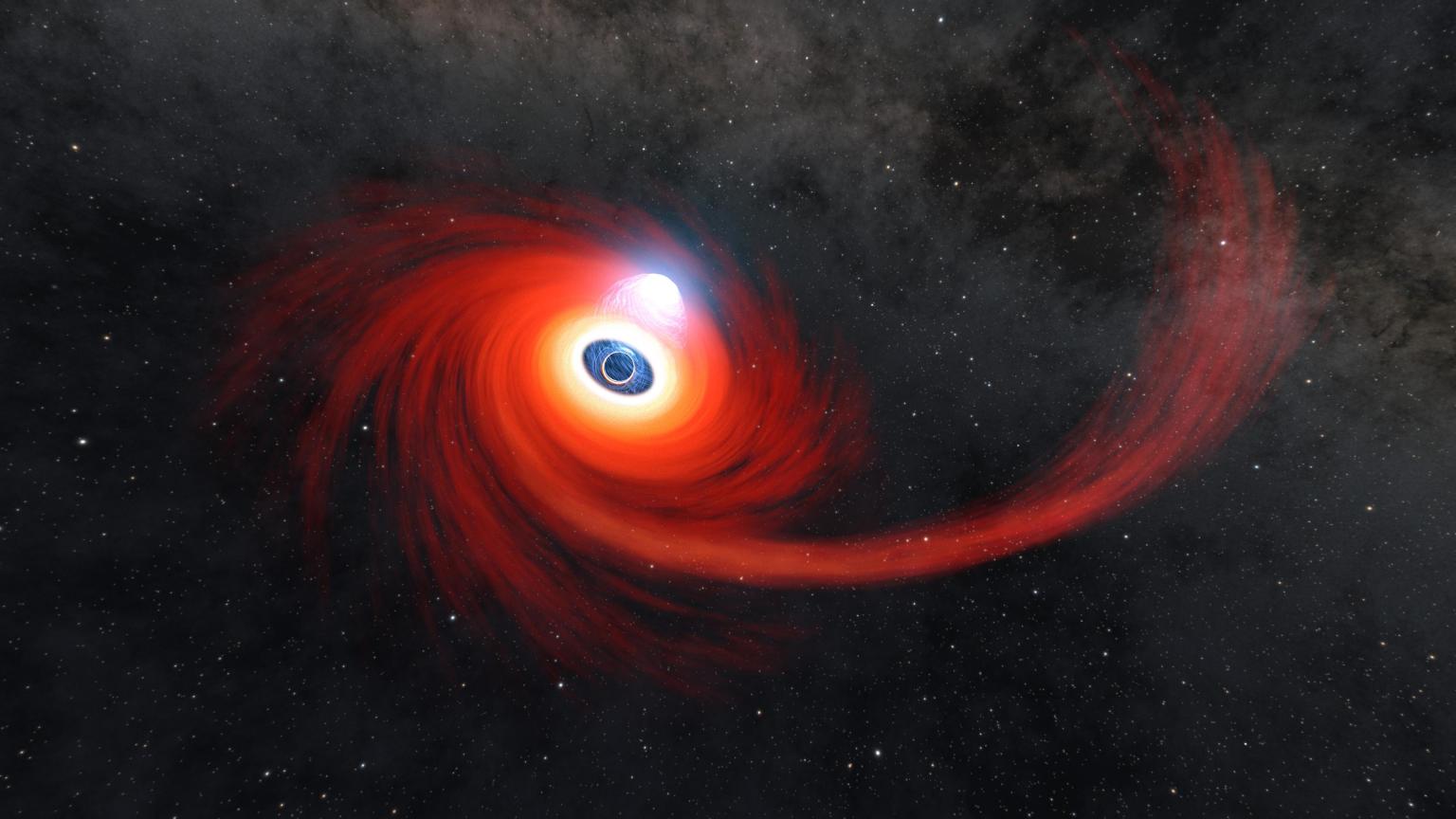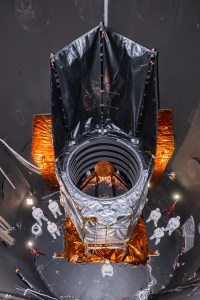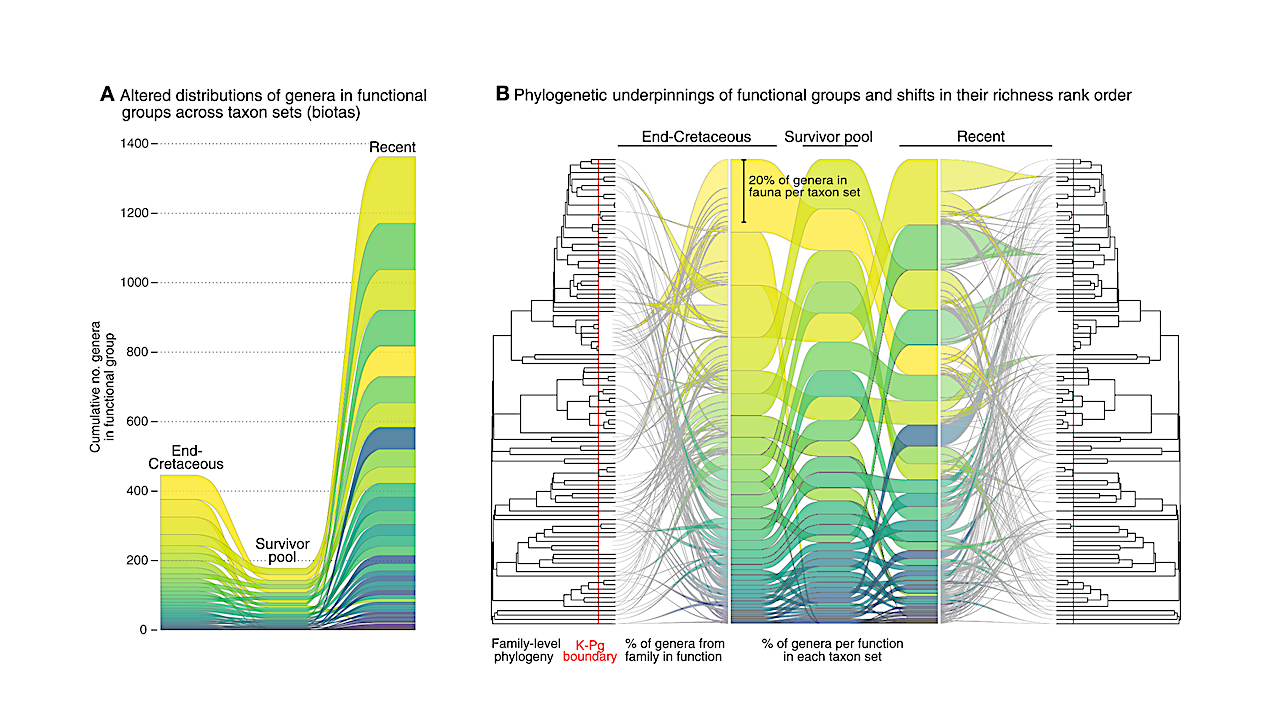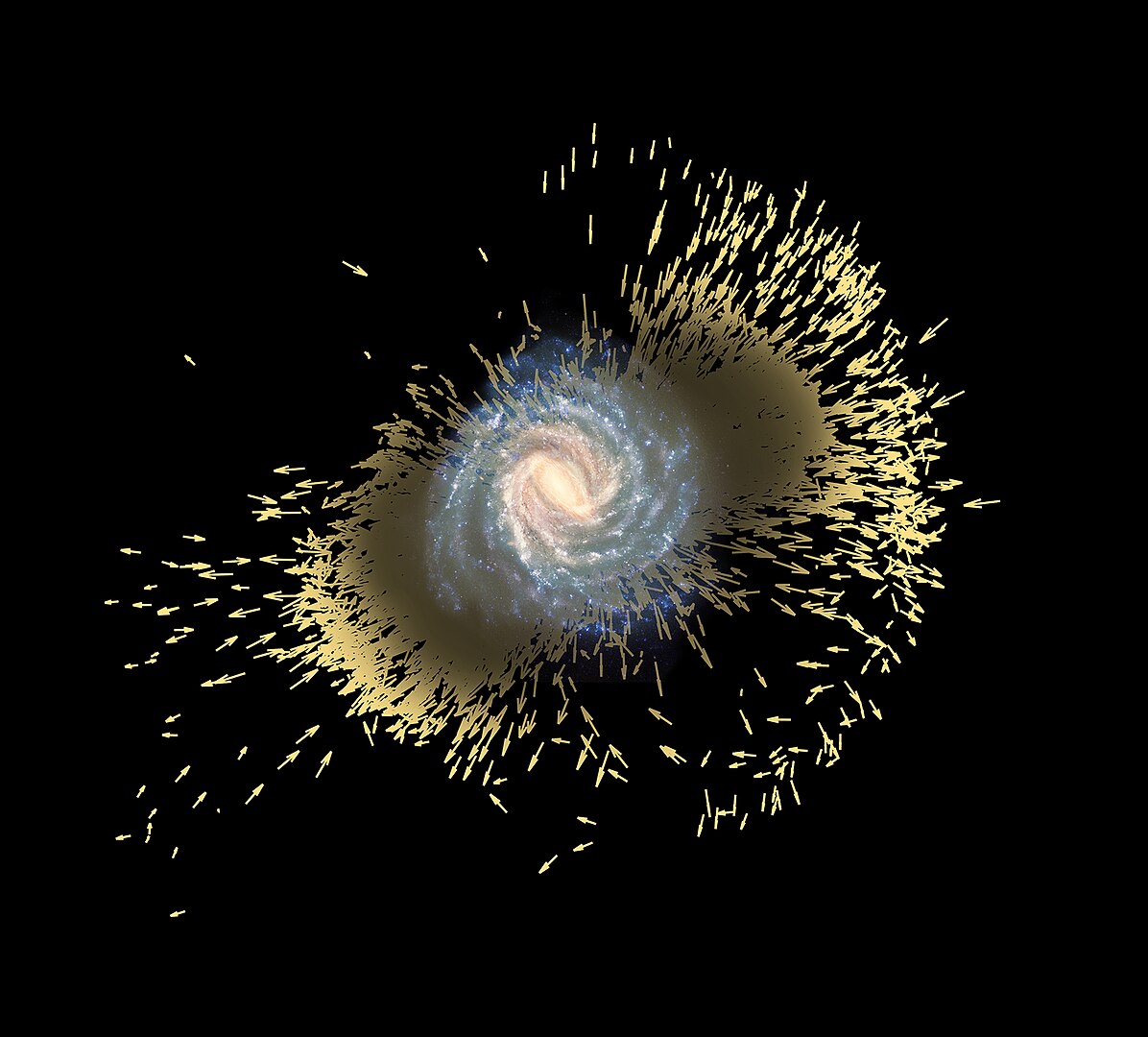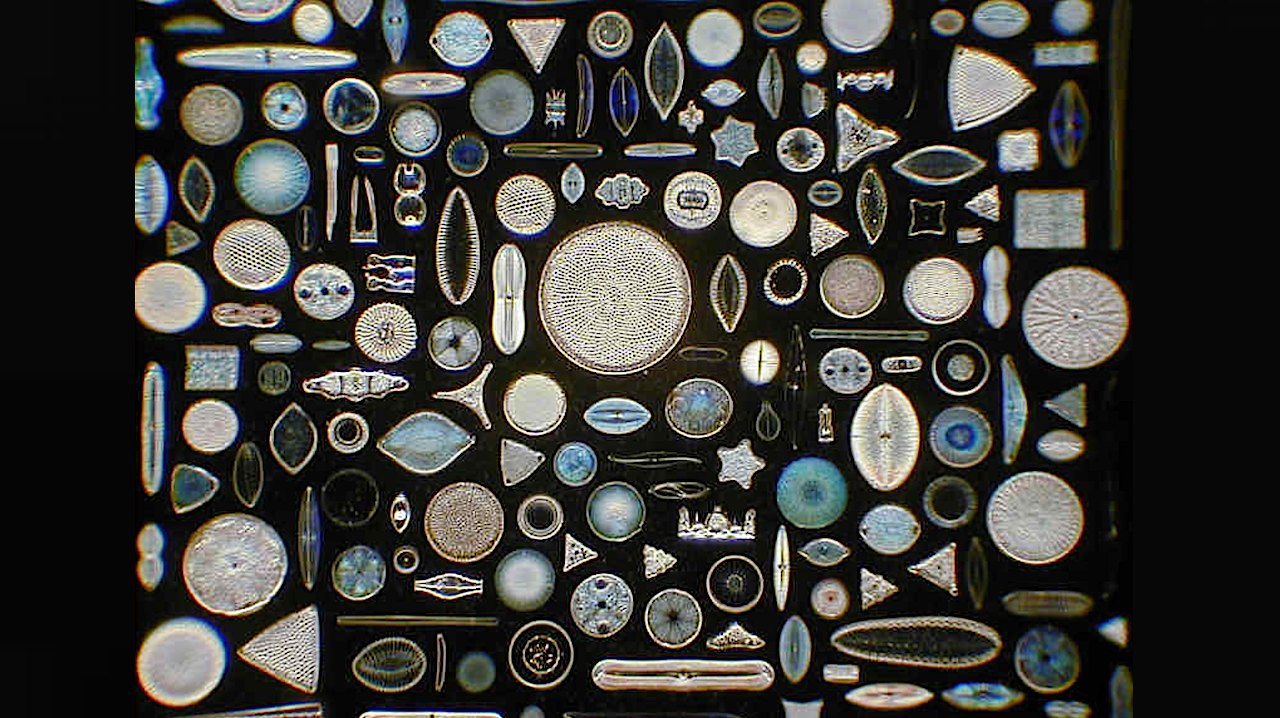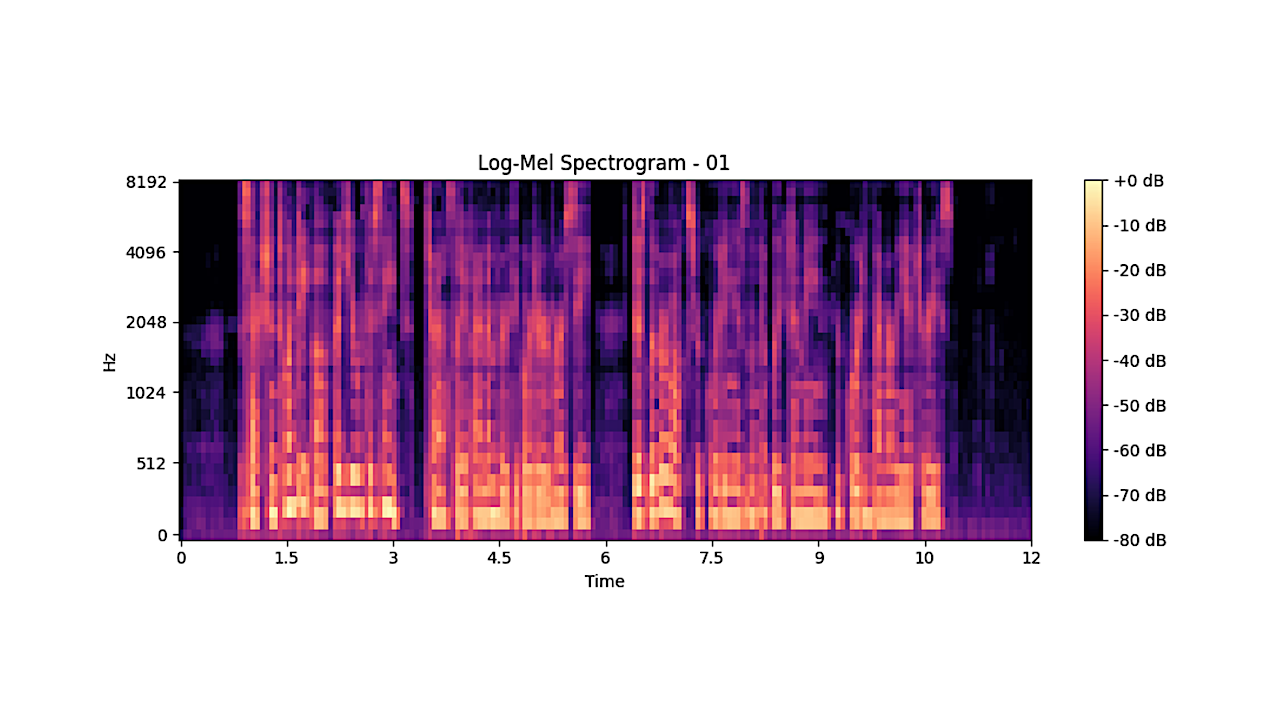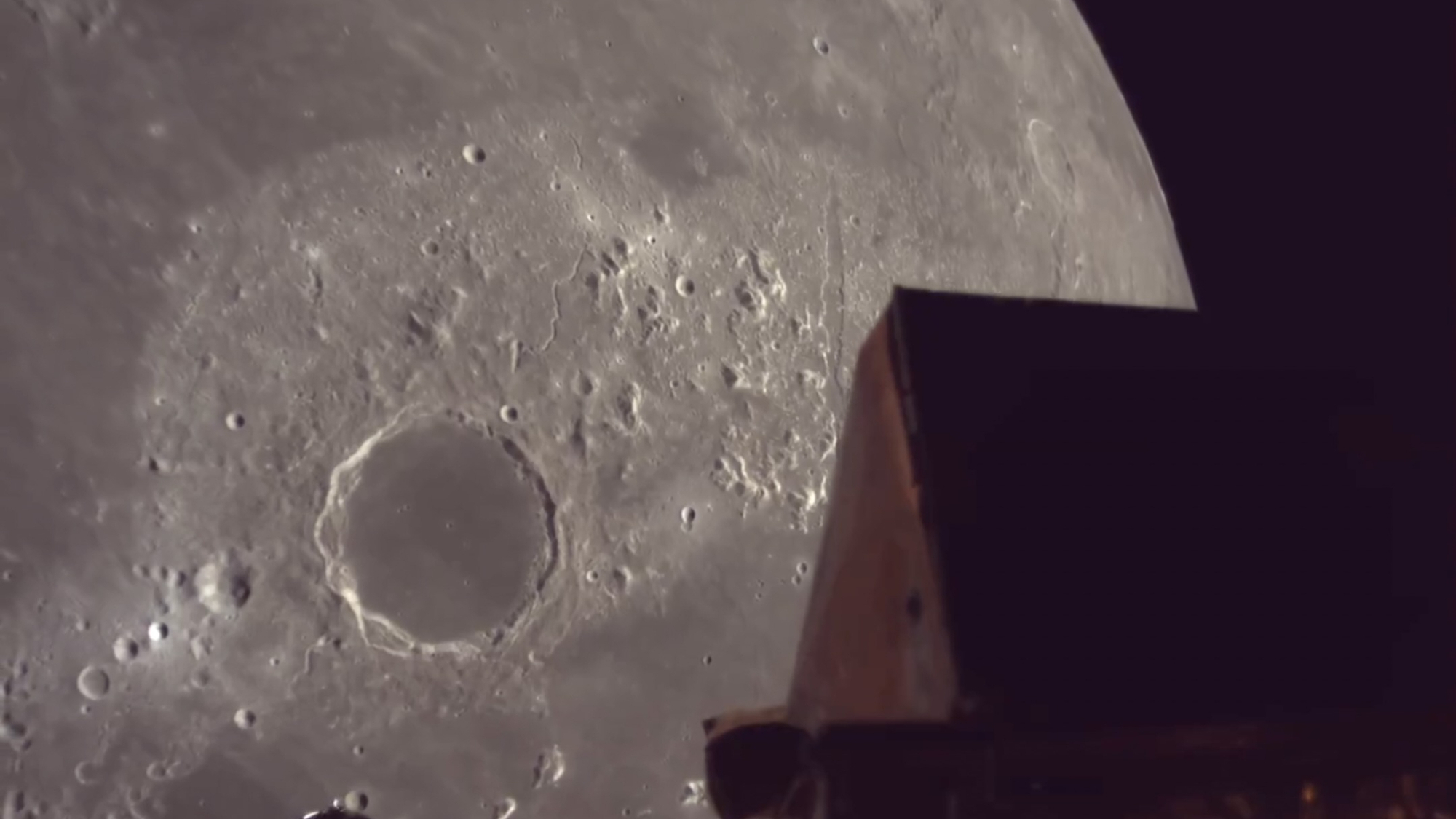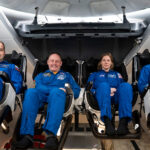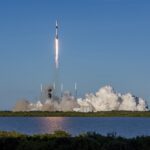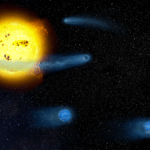X-ray: NASA/CXC/CfA/Stroe, A. et al.; Optical: PanSTARRS; Radio: ASTRON/LOFAR; Image Processing: NASA/CXC/SAO/N. Wolk New observations from NASA’s Chandra X-ray Observatory and other telescopes have captured a rare cosmic event: two
Archive for June, 202599- Page
5 Min Read 3 Black Holes Caught Eating Massive Stars in NASA Data A disk of hot gas swirls around a black hole in this illustration. Some of the gas
The core portion of NASA’s Nancy Grace Roman Space Telescope has successfully completed vibration testing, ensuring it will withstand the extreme shaking experienced during launch. Passing this key milestone brings
A human astronaut under some form of deep sleep or “suspended animation” — Grok via Astrobiology.com Background: With renewed interest in long-duration space missions, there is growing exploration into synthetic
Early Earth — Grok via Astrobiology.com The unambiguous detection of biosignatures in exoplanet atmospheres is a primary objective for astrobiologists and exoplanet astronomers. The primary methodology is the observation of
Shifting distributions of genera within functional groups and their phylogenetic underpinnings among the end-Cretaceous, survival pool, and Recent biotas. (A) Changes in absolute richness of genera within functional groups between
Astronomers have discovered an exceptionally rare star that may help to solve one of astronomy’s enduring mysteries: where the universe’s heaviest elements came from. The star, named LAMOST J0804+5740, resides
Diatoms – JOIDES Resolution Trees get most of the love, but diatoms, a group of photosynthetic microalgae, produce 20% of Earth’s oxygen and are the foundation of aquatic food webs.
Example of spoken English exhibiting dense spectral energy across a wide frequency range, reflecting typical characteristics of natural speech. — astro-ph.IM We present an exploratory framework to test whether noise-like
The Japanese private spaceflight company ispace aims to make history on Thursday (June 5) with its second attempt to land on the moon. The Resilience lander is currently orbiting the
-
 01From Polymerization-Enabled Folding and Assembly to Chemical Evolution: Key Processes for Emergence of Functional Polymers in the Origin of Life
01From Polymerization-Enabled Folding and Assembly to Chemical Evolution: Key Processes for Emergence of Functional Polymers in the Origin of Life -
 02Two Black Holes Observed Circling Each Other for the First Time
02Two Black Holes Observed Circling Each Other for the First Time -
 03How New NASA, India Earth Satellite NISAR Will See Earth
03How New NASA, India Earth Satellite NISAR Will See Earth -
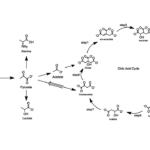 04Thermodynamic Constraints On The Citric Acid Cycle And Related Reactions In Ocean World Interiors
04Thermodynamic Constraints On The Citric Acid Cycle And Related Reactions In Ocean World Interiors -
 05Φsat-2 begins science phase for AI Earth images
05Φsat-2 begins science phase for AI Earth images -
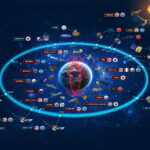 06Hurricane forecasters are losing 3 key satellites ahead of peak storm season − a meteorologist explains why it matters
06Hurricane forecasters are losing 3 key satellites ahead of peak storm season − a meteorologist explains why it matters -
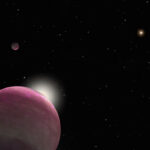 07Binary star systems are complex astronomical objects − a new AI approach could pin down their properties quickly
07Binary star systems are complex astronomical objects − a new AI approach could pin down their properties quickly


